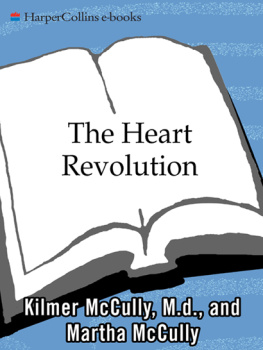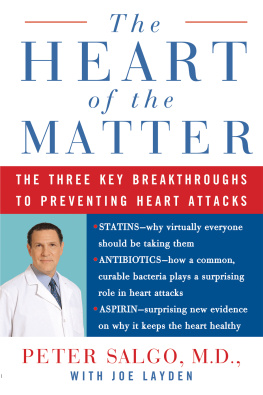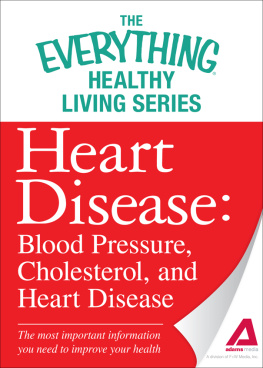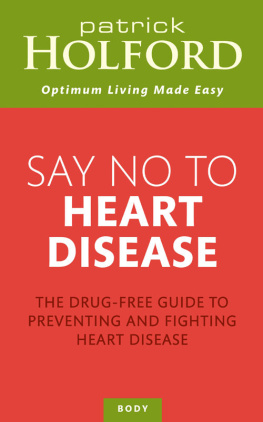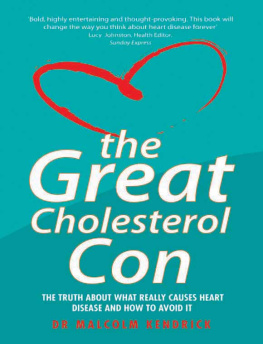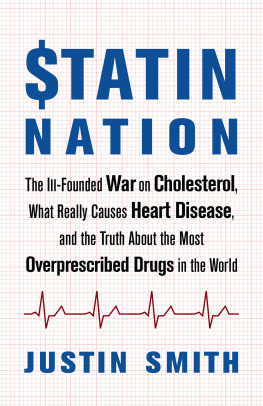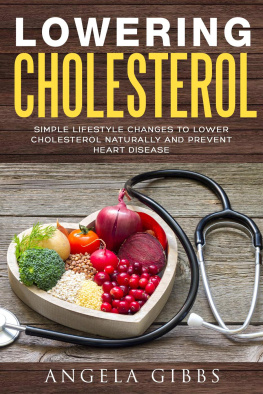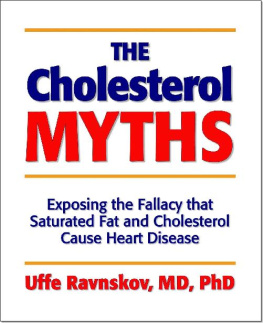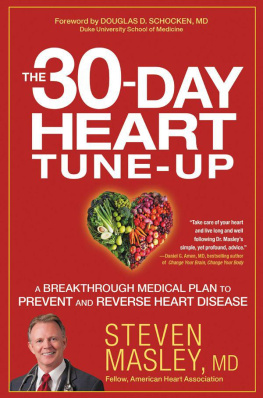My discovery of the association between homocysteine and arteriosclerosis in 1968 was aided by my colleagues of the Human Genetics Unit of the Massachusetts General Hospital. In 1965 pediatricians Vivian Shih and Mary Efron traced and identified the index case of homocystinuria in the medical literature, as first published in the New England Journal of Medicine in 1933. They were able to identify this first case because the mother of their patient, a nine-year-old girl with homocystinuria, told them about the girls uncle who had died of a similar disease over thirty years before. I thank Vivian Shih and Harvey Levy for encouraging my interest in the vascular pathology of homocystinuria and for sharing their findings prior to publication of another important case. This second case was a two-month-old boy with homocystinuria and cystathioninuria who was the index case of cobalamin C disease in the medical literature. Comparison of this second critically important case with the findings in the case from 1933 made possible the conclusion that homocysteine causes arteriosclerosis by damaging the cells and tissues of the arteries. I also thank John Littlefield, whose encouragement and interest further aided my understanding of the significance of this discovery.
Although I never met the great biochemist Vincent DuVigneaud, I wish to acknowledge his discovery of homocysteine in 1932 and his subsequent pioneering work on the importance of this amino acid in biochemistry and nutrition. I also thank Giulio Cantoni and Harvey Mudd, who introduced me to the biochemistry of homocysteine and methionine during my two years in their laboratory at the National Institutes of Health in Bethesda, Maryland, in 1960. Without the pioneering discoveries of these outstanding biochemists, a fundamental understanding of the cause of the disease homocystinuria would not have been available before I first examined these two unique cases in 1968.
During my pathology residency and years as a staff pathologist at Massachusetts General Hospital, my interest and knowledge of the pathology of arteriosclerosis were especially aided by Benjamin Castleman, Robert Scully, and James Caulfield. I acknowledge these colleagues for their support and encouragement in the several years immediately following my discovery of the association between homocysteine and arteriosclerosis.
I also thank Moses Suzman of South Africa, whose knowledge of arteriosclerosis and cardiology helped me to understand the importance of homocysteine in the history of arteriosclerosis research. He was a colleague of James Rinehart of Berkeley, California, who discovered that dietary deficiency of vitamin B6 causes arteriosclerosis in monkeys. Suzman also aided my understanding of how the investigations of Igna-towsky, Anitschkow, and Newburgh helped to establish the nutritional origin of arteriosclerosis.
I thank Guido Pontecorvo, the founder of the Genetics Department of Glasgow University, Scotland, for introducing me to the principles of classical and molecular genetics. Without his guidance and encouragement, I would not have been able to develop my unique approach to understanding the pathology of inherited diseases, especially homocystinuria. I also thank James Watson for his guidance and for his patience with me during my several months in his laboratory at Harvard.
During my student years, several prominent medical scientists and teachers encouraged my interest in medical research. I especially thank Konrad Bloch for introducing me to the biochemistry of cholesterol in his biochemistry course at Harvard and for stimulating my interest and excitement about biochemistry research during my several months as a research assistant in his laboratory. I thank Paul Zamecnik and Lewis Engel for their patient guidance of my interest in medical research during my student and fellowship years at Harvard Medical School and Massachusetts General Hospital. I thank Louis Fieser for his masterful introduction to the organic chemistry of polycyclic hydrocarbons and cholesterol and for the opportunity to participate in his research study of the purification of cholesterol in his laboratory at Harvard. I also gratefully acknowledge the wonderful experience of learning with the superb scientists B. F. Skinner at Harvard and James Bonner at California Institute of Technology.
In the 1970s Edward Gruberg and Stephen Raymond of Massachusetts Institute of Technology became interested in the homocysteine theory of heart disease and published the first book on the subject in 1981 entitled Beyond Cholesterol . I thank them for their perseverance, persistence, and clear exposition of the scientific evidence before human clinical and epidemiological studies proved the validity of the theory in the 1980s and 1990s.
During the 1970s and 1980s, my scientific collaborators Roberta Ricci of Rome, Italy; Pierre Clopath of Zurich, Switzerland; Andrzej Olszewski of Warsaw, Poland; Marek Naruszewicz of Sczczin, Poland; and Michael Vezeridis of the Providence (Rhode Island) V.A. Medical Center were of invaluable assistance in developing scientific evidence to support the homocysteine theory. I thank them, and I also thank the students, technologists, and assistants who faithfully and enthusiastically assisted in my scientific laboratory investigations. I also thank F. William Sunderman, Jr., of the University of Connecticut Health Center for his friendship and professional encouragement during difficult years.
Finally, I thank my devoted wife, Annina Elena McCully, for her steadfast and resolute faith in my scientific work. The homocysteine revolution could not have become a reality without her companionship throughout the past forty-three years.
We offer a special thank you to Amanda Urban for making this book possible and to Megan Newman for her skillful and intelligent editing of the manuscript.
Kilmer McCullys tale is as old as history. On a grand scale, its the story of Galileo. Startling, revolutionary ideas have always faced an uphill battle, and particularly in science and medicine. The burden of proof, the finality of fact, rests heavily on the scientist, especially when lives may be at stake. And on a less academic level, people resist change. They dont like having to rethink their assumptions.
One assumption was still prevalent when I became aware of Kilmer McCully: High levels of blood cholesterol, often presumably caused by a high intake of dietary cholesterol in the form of meats and fats, was considered a key factor in heart disease. The correlary of this assumption was that lowering blood cholesterol would lower the risk of heart disease. Cholesterol was seen as a crucial marker for heart disease risk, and high blood cholesterol wasand still isoften treated with drugs in an effort to bring it to within normal limits.
A lot of money had been funneled into studying cholesterol, and a sizable number of scientists had based their careers upon it. When Kilmer McCully began publishing his research on homocysteine in the 1970sresearch that suggested a new pathway for the genesis of heart disease, a pathway that relegated cholesterol firmly to a secondary positionseveral government agencies were in the thick of gearing up for a major public-health directive about cholesterol. Their goal: to make cholesterol a household word. They succeeded so successfully that todays supermarkets and food advertisements are plastered with No Cholesterol claims, used as a synonym for healthy. If theres anything that the average citizen has now absorbed about heart disease, its that cholesterol levels should be checked and that cholesterol in foods should be avoided at all costs.

